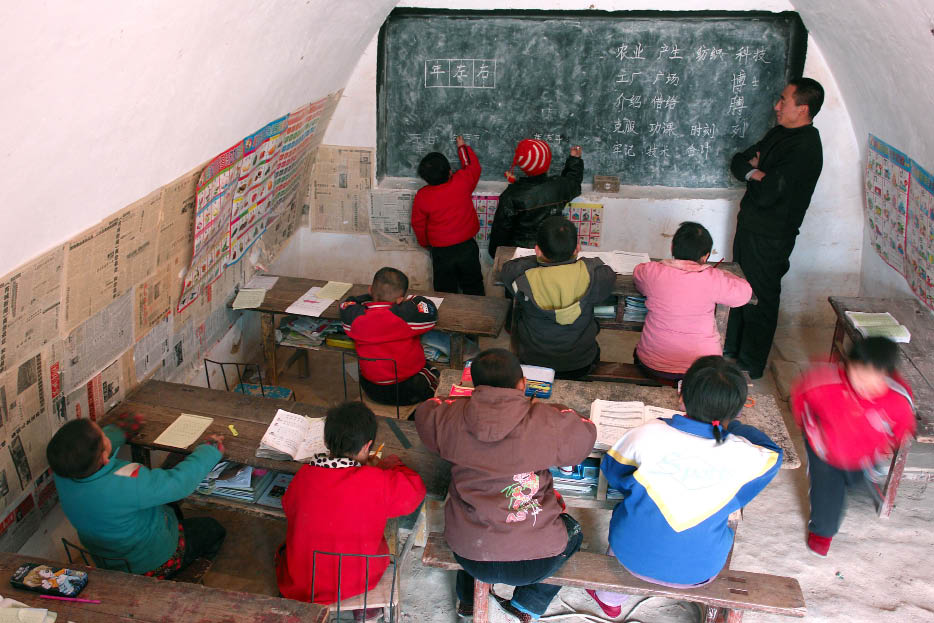|
Though many rural students don’t live at school, on average they have at least one meal a day on school grounds. Due to insufficient funding, school canteens have lacked the resources to produce nutritious food for students. In 2010 and 2011 the central budget and the Ministry of Education appropriated RMB 16.9 billion to upgrade living facilities in rural schools, including canteens and dormitories. At the end of 2011 another RMB 10 billion was earmarked especially for school canteens in the countryside.
Starting in the fall semester of 2011 China kicked off a nutrition improvement program in its least developed areas that subsidizes meals for students in primary and junior middle schools at the rate of RMB 3 per head per day. This requires an annual outlay of RMB 16 billion from the central coffers. The first phrase of the program covers 26 million students in 680 cities and counties, accounting for nearly 30 percent of rural students in central and western China.
Among the 3,918 graduates of the Jinzhai Schools of Hope, more than 700 received financial aid. Many are now studying in the country’s top universities such as Tsinghua University and the University of Science and Technology of China. Higher education would have been out of their reach without such financial assistance.
As Yadie, a teacher at the Central Primary School in Mainling County, Nyingchi Prefecture, Tibet, said about the subsidies: “All parents need to do is get their children to the gate of the school. We take care of the rest.”
Since 1985 Tibet has promoted boarding schools among its nomadic rural population, providing children with free accommodation and exempting them from tuition fees. Half a million rural students benefited from this policy. The autonomous region’s enrollment rate hit 99.2 percent for primary schools and 98.2 for junior middle schools in 2010. The difference with 50 years ago could hardly be starker – when the autonomous region was liberated in 1951, more than 95 percent of the local population were illiterate or semi-illiterate.
 |
|
A teacher and his 10 students in class at a rural school in Ruicheng, Shanxi Province. |
Education Comes First
As getting all students through nine-year compulsory education has become the norm in China, many places in the country are now looking toward 12 years of heavily subsidized education as the new benchmark.
Policies have been in place since 2008 in Dongguan City’s Shipai Town, Guangdong Province, to offer the three additional years of free education on top of the standard nine.
This is only one part of the education revolution in the town. Since 2009, kindergartens have been free there. Since 2010, students at the junior college level as well as undergraduates, postgraduates and doctoral candidates have been entitled to receive an annual stipend of RMB 4,000, 6,000, 8,000 and 10,000 respectively.
| 